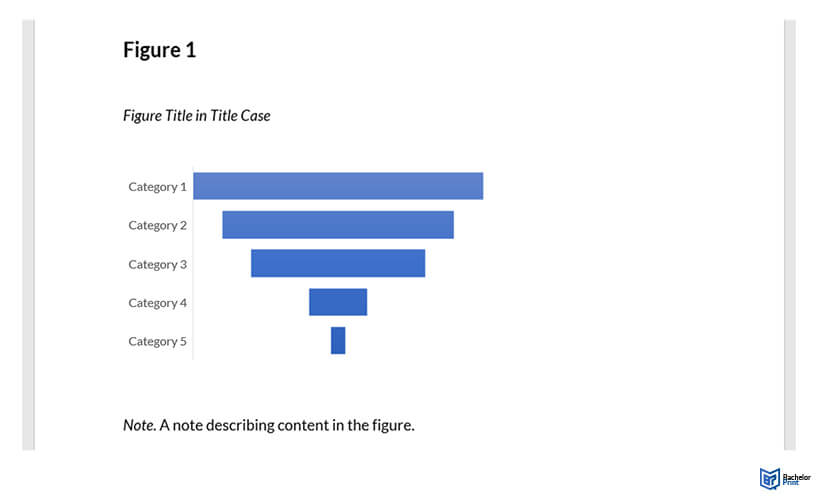
The list of figures and tables in a research paper, thesis, or dissertation provides a structured overview of graphic elements included in the paper. This list guides readers to find specific graphs, images, tables, or charts effortlessly. The process of compiling this list needs more than just listing the captions; it also requires proper formatting and sequencing in line with academic guidelines. This article explores creating a well-structured list of figures and tables with examples.
Definition: List of figures and tables
Tables show numerical values or text arranged in rows and columns. In contrast, figures typically consist of graphs, illustrations, or drawings.
The APA style guide defines figures as graphical displays other than tables, including photographs, graphics, charts, and non-textual information.
Suppose a dissertation contains one or more tables or figures. In that case, the APA guide specifies including a list of figures and tables as appropriate.
Every list of figures and tables includes a tabulated, numerical enumeration of the titles of each relevant item. This uniform and consistent approach enables dissertation readers – including examiners – to quickly scan and locate the sources, findings, and key points in long documents.
By following APA recommendations to make a list of figures and tables, college and university students can present their dissertations correctly.
This article will delve into how to include a list of figures and tables in APA style in your dissertation.
- ✓ Free express delivery
- ✓ Individual embossing
- ✓ Selection of high-quality bindings
Creating the list of figures and tables in Word
Creating a list of figures and tables is straightforward in most word processing software, such as Microsoft Word.
- Firstly, we must add captions to each figure or table. The figure number goes in bold above the figure (e.g. Figure 1). Then, the figure title appears as one double-spaced line below the figure number in italics in title case, i.e. with the first letter of major words capitalized.
- Next, use the command on the “References” menu to complete the detailed settings you require. On confirming, the software will create the list sorted by page number and include it in your document.
Note: It is essential to avoid plagiarism if you are creating a list of figures and tables based on copying from another document.
Also, remember that the source document settings and format may affect how the table looks in your new paper: font style, page number conventions, margin widths, etc.
Creating a list of figures and tables is straightforward in most word processing software, such as Microsoft Word.
- Firstly, we must add captions to each figure or table. The figure number goes in bold above the figure (e.g., Figure 1). Then, the figure title appears as one double-spaced line below the figure number in italics in title case, i.e., with the first letter of major words capitalized.
- Next, use the command on the “References” menu to complete the detailed settings you require. On confirming, the software will create the list sorted by page number and include it in your document.
Further information on formatting standards for a list of figures and tables are on pages 225 to 250 of the APA Publication Manual 7th Edition (2020).
Example list of figures and tables

List of figures and tables: Additional lists
Other lists you might consider including in a dissertation are:
- A glossary
- A list of abbreviations
- A table of contents
After the title, approval signature, and copyright page(s) as applicable, we recommend you arrange the pages of a dissertation in the following order:
- Abstract
- Table of Contents
- Text
- References
- Footnotes
- Tables
- Figures
- Appendices
Occasionally, research results or lengthy analyses may extend to hundreds of rows. Instead of including all the detail, a clickable link or URL (universal resource locator) to an online version may be preferable.
We recommend opting for a data repository or an arXiv location, as privately hosted websites may change or disappear.
Best practice guidelines advocate the long-term availability of datasets for at least five years after publication.2 Resources such as nature.com publish details of storage options by scientific field.
FAQs
Your list of figures and tables comes after the table of contents. If both lists are present, the list of titles appears before the list of figures.
Figure legends (also known as keys) explain uncommon symbols used in the figure image. They should appear within the borders of the figure.
Figure notes explain, describe, clarify, or supplement the information in the image. Only some figures include notes, as and when necessary.
According to the APA style guide, notes appear below the figure or table. Use double line spacing and left justification.
in Your Thesis
